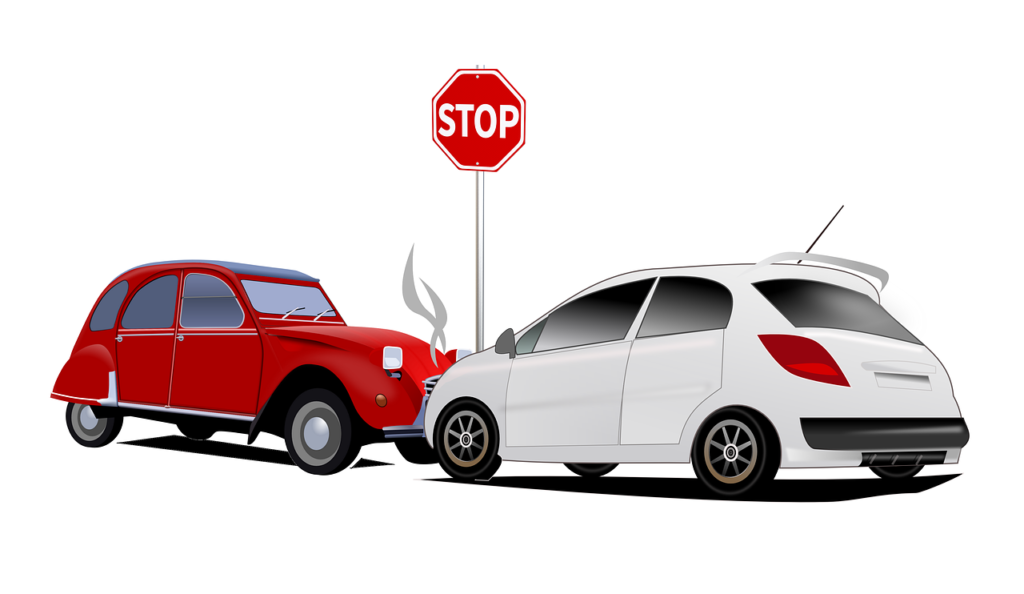Figuring out the Motivation behind Vehicle Protection

Vehicle protection is something beyond a monetary item; it is a defensive safeguard for drivers, travelers, people on foot, and property. The basic role of vehicle protection is to give monetary inclusion to unanticipated conditions like mishaps, robbery, or cataclysmic events. Without it, the expense of fixing harms or making up for wounds could prompt serious monetary weights for people. State run administrations across the globe uphold required vehicle protection regulations to guarantee that each driver can deal with these potential costs dependably.
Insurance for Mishap Casualties
One of the principal reasons vehicle protection is compulsory is to defend the interests of mishap casualties. Street mishaps can bring about serious wounds, loss of pay, or even fatalities. Assuming the to blame driver needs protection, the casualty probably won’t get sufficient pay for doctor’s visit expenses, property harm, or close to home injury. Mandatory vehicle insurance ensures that casualties can recuperate misfortunes through the to blame driver’s contract, giving a wellbeing net during testing times.
Lawful Consistence and Risk Inclusion
Driving without protection is unlawful in many nations, frequently prompting weighty fines, permit suspensions, or vehicle impediments. Risk inclusion, a standard part of vehicle protection, guarantees that drivers meet their legitimate commitments assuming that they hurt someone else or property. By ordering vehicle protection, states mean to advance responsibility and lessen occasions of uninsured drivers out and about, which can prompt expensive lawful debates.
Moderating the Monetary Effect of Mishaps
Auto collisions can bring about huge costs, including vehicle fixes, clinical medicines, and outsider harms. Obligatory protection guarantees that these expenses don’t fall exclusively on the singular driver, particularly in situations where the costs are significant. Insurance agency convey the monetary gamble across an enormous pool of policyholders, making it more reasonable for everybody. This common gamble model gives true serenity as well as forestalls monetary unsteadiness brought about by unexpected episodes.
Empowering More secure Driving Practices
Obligatory vehicle protection by implication advances more secure driving propensities. At the point when drivers realize they should pay expenses in light of their gamble levels, they are bound to take on dependable ways of behaving, for example, submitting to transit regulations and staying away from careless driving. Insurance agency frequently reward safe drivers with lower expenses, making a motivating force to keep a perfect driving record. This uplifting feedback decreases the general number of mishaps, making streets more secure for everybody.
Decreasing the Weight on Open Assets
Without compulsory vehicle protection, the monetary obligation regarding covering mishap related costs would frequently fall on the public authority. This could strain public assets, as citizens would at last bear the weight of repaying casualties. By expecting drivers to convey protection, legislatures guarantee that people assume a sense of ownership with their activities, decreasing the requirement for public mediation. This framework encourages a feeling of responsibility and decency among all street clients.
Conclusion
Vehicle protection isn’t simply a legitimate necessity; it is a central part of capable driving. By commanding protection, state run administrations mean to safeguard people, advance responsibility, and guarantee monetary soundness in case of mishaps. It benefits everybody in question by giving pay, diminishing debates, and cultivating more secure street conditions. While paying charges could appear to be oppressive, the drawn out benefits of vehicle protection far offset the expenses, making it a crucial part of current driving. Also, read Understanding Car Insurance Coverage Types